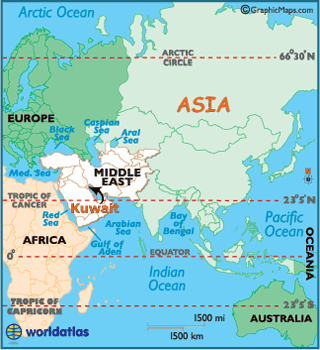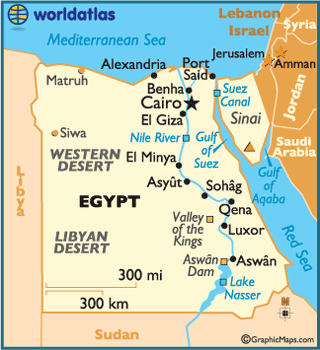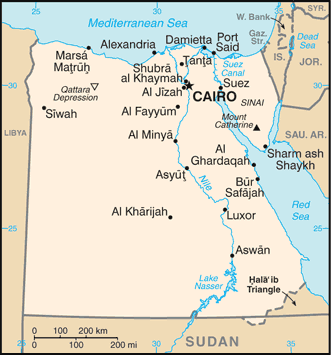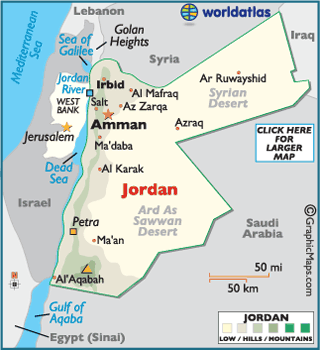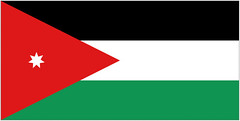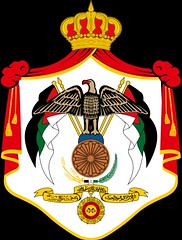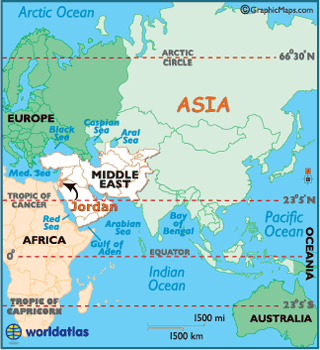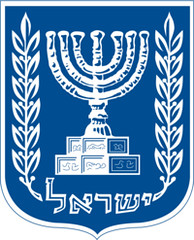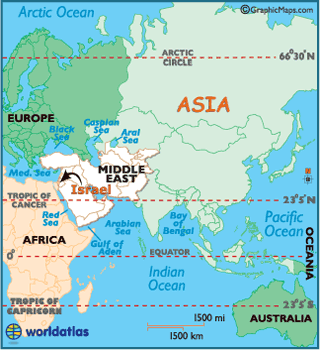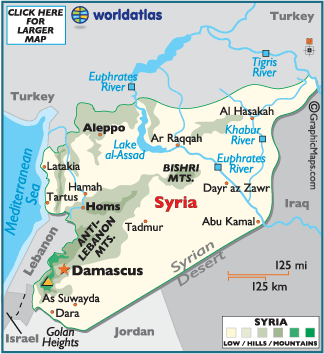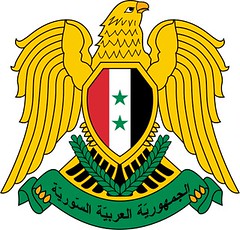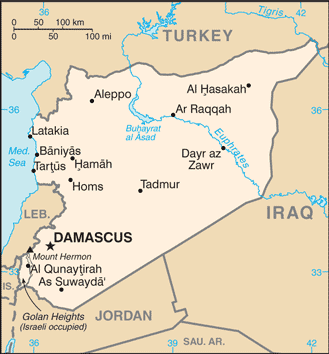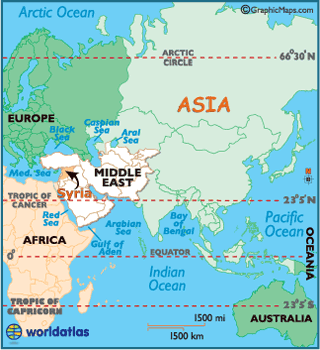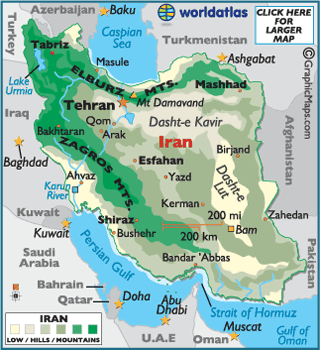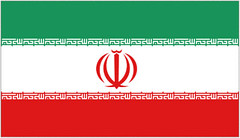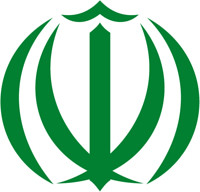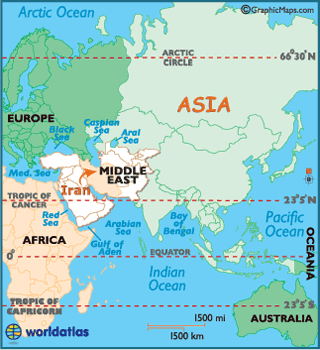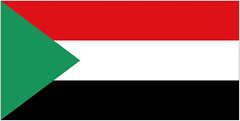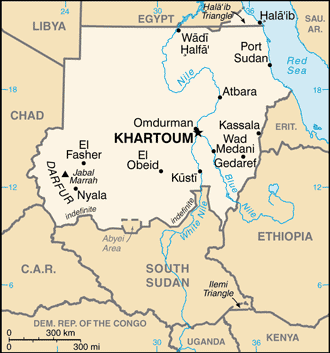![]()
Today in 1961, Kuwait gained their Independence from the United Kingdom.
Kuwait

Kuwait Breweries
Kuwait Brewery Guides
Other Guides
- CIA World Factbook
- Official Website
- U.S. Embassy
- Wikipedia
Guild: None Known
National Regulatory Agency: None
Beverage Alcohol Labeling Requirements: Not Known
Drunk Driving Laws: Zero Tolerance
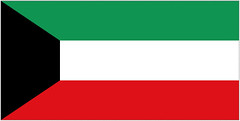
- Full Name: State of Kuwait
- Location: Middle East, bordering the Persian Gulf, between Iraq and Saudi Arabia
- Government Type: Constitutional Emirate
- Language: Arabic (official), English widely spoken
- Religion(s): Muslim (official) 85% (Sunni 70%, Shia 30%), other (includes Christian, Hindu, Parsi) 15%
- Capital: Kuwait City
- Population: 2,646,314; 139th
- Area: 17,818 sq km, 157th
- Comparative Area: Slightly smaller than New Jersey
- National Food: Machboos
- National Symbol: Golden Falcon
- Nickname: Fortress Built Near Water
- Affiliations: UN, Arab League
- Independence: From the UK, June 19, 1961
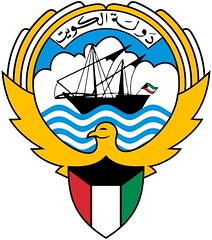
- Alcohol Legal: No
- Minimum Drinking Age: Illegal (Forbidden by Sharia law)
- BAC: 0.00%
- Label Requirements: N/A
- Number of Breweries: 0
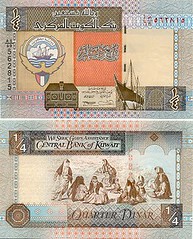
- How to Say “Beer”: beereh (biræ)
جعة / شراب من الشعير / جعة / المزر شراب نوع من الجعة / بيرة - How to Order a Beer: N/A
- How to Say “Cheers”: N/A
- Toasting Etiquette: N/A
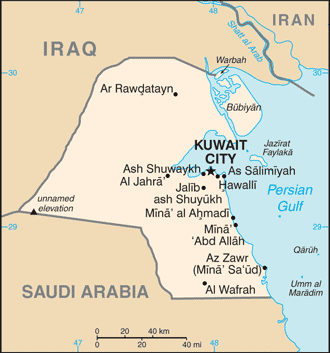
Alcohol Consumption By Type:
- Beer: 99.9%
- Wine: <1%
- Spirits: <1%
Alcohol Consumption Per Capita (in litres):
- Recorded: 0.00
- Unrecorded: 0.17
- Total: 0.17
- Beer: 0.00
WHO Alcohol Data:
- Per Capita Consumption: 0 litres
- Alcohol Consumption Trend: Stable
- Excise Taxes: No
- Minimum Age: Illegal
- Sales Restrictions: N/A
- Advertising Restrictions: N/A
- Sponsorship/Promotional Restrictions: N/A
Patterns of Drinking Score: 2
Prohibition: Yes, alcohol currently banned under Sharia law
